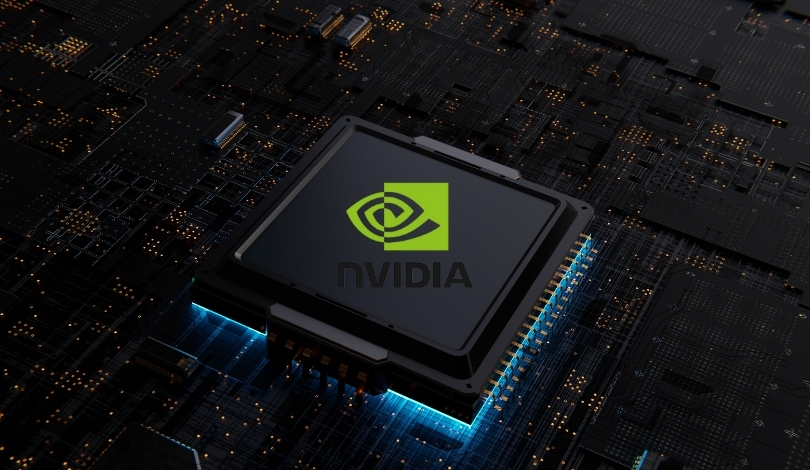Investor sentiment toward artificial intelligence stocks has seen rapid swings following Nvidia‘s latest earnings report. A day of robust gains for Nvidia was swiftly followed by a notable downturn as rate hike concerns and profit-taking spread through Wall Street. Amid speculation about a possible A.I. bubble, the market reacted with volatility, even as Nvidia’s performance suggested strong demand for its products. The situation illustrates the persistent tension between positive corporate results and broader economic uncertainties. Uncertainty and optimism coexisted as observers assessed the implications of high-level investor exits and changing market cycles. Recent trends signal investors are responding to nuanced signals rather than a single narrative of exuberance or pessimism.
Nvidia’s earnings have consistently attracted significant attention from analysts and investors alike, especially after previous strong quarters in late 2023 led to increased speculation about the sustainability of its rapid growth. Coverage from earlier this year often emphasized Nvidia’s pivotal role in the A.I. hardware market and highlighted similar concerns about high stock valuations. This current wave of profit-taking and caution from large stakeholders mirrors prior market cycles in the technology sector, reflecting the familiar challenge of distinguishing between fleeting hype and genuine, lasting market shifts.
How Did Nvidia’s Latest Numbers Stack Up?
Nvidia reported quarterly revenues of $57 billion, comfortably above analyst forecasts, and projected current quarter sales near $65 billion. These results have fueled debate over whether the surge in artificial intelligence investments represents sustainable growth or excessive speculation. The company’s data center segment outperformed expectations, with forthcoming releases of Blackwell and Rubin chips expected to foster additional demand.
“The pure Nvidia numbers/guidance and strategic vision show the A.I. Revolution is NOT a Bubble…instead it’s Year 3 of a 10-year build out of this 4th Industrial Revolution in our view,”
stated Dan Ives of Wedbush, emphasizing ongoing optimism for A.I.-related spending by major technology firms.
Why Are Notable Investors Reducing Exposure to Nvidia?
Despite upbeat results, significant investors such as Peter Thiel and SoftBank have recently scaled back their stakes in Nvidia, prompting questions regarding the durability and valuation of the broader A.I. trade. Prominent short-seller Michael Burry has disclosed major positions betting against Nvidia, arguing that some technology companies may be understating the costs of their A.I. infrastructure. This divergence in investor strategies highlights a growing awareness of market risks and the potential for corrections should revenue growth slow or expectations prove excessive.
Does the Market Expect an A.I. Correction Soon?
Many analysts and industry participants consider recent selling activity as normal profit realization after a period of strong gains, rather than a sign of impending collapse. Joseph Schuster of IPOX Schuster suggested,
“The market is rotating, consolidating and digesting huge gains…It’s a normal part of the cycle.”
Jane Edmondson of VettaFI echoed that observations from earlier technology bubbles do not necessarily translate to current conditions, stressing the early stages of actionable A.I. use cases and the resilience of companies like Nvidia. While short-term volatility may persist, particularly for high-profile tech stocks, fundamentals such as robust order books and ongoing corporate investment provide some measure of stability.
Analysis of Nvidia’s latest report and the wave of profit-taking by major investors calls attention to the recurring debate over A.I. sector valuations and long-term sustainability. Current trends in market dynamics underscore the importance of differentiating between hype and reality, a task complicated by rapid advances in hardware like Nvidia’s Blackwell and Rubin chips. For investors and industry observers, it remains essential to look beyond quarterly results and monitor how key customers like Google, Meta, and Microsoft allocate capital in the coming quarters. Understanding cyclical market behavior, scrutinizing financial disclosures, and maintaining diversification can help balance opportunity with risk, especially as A.I. becomes further embedded in the business strategies of leading firms.









